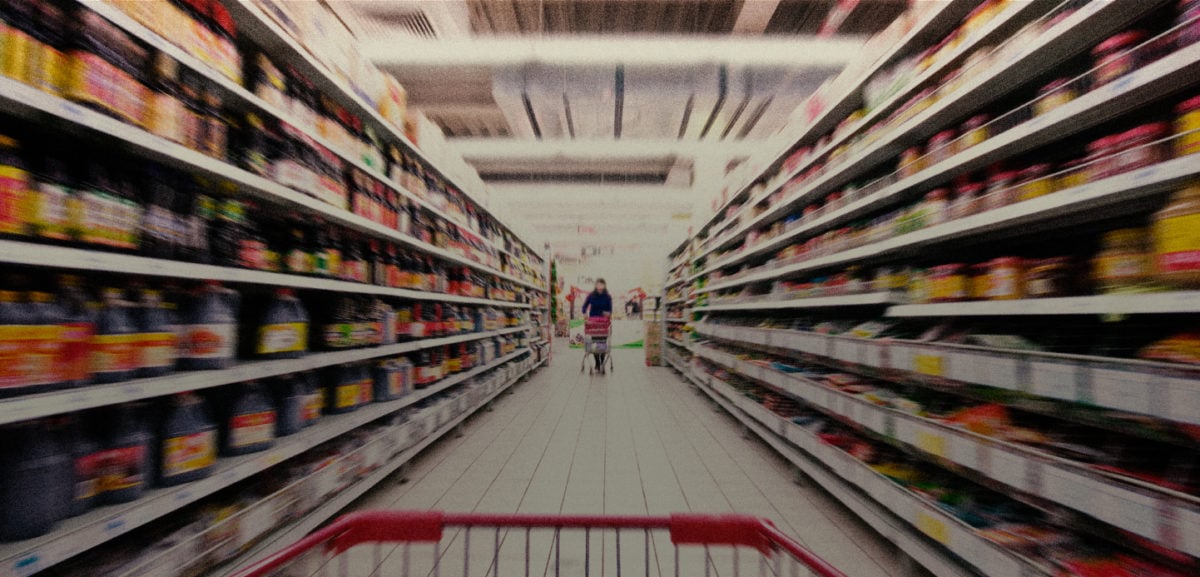Impact of Tariffs on the Food and Beverage Industry: A Sustainable Development Perspective
Introduction
The food and beverage (F&B) sector has experienced significant disruptions due to tariffs imposed by the U.S. government, notably under President Donald Trump’s administration. These tariffs, particularly on steel, aluminum, ingredients, and packaging materials from countries such as China, Canada, Mexico, and the European Union, have created widespread challenges across the industry. This report highlights the implications of these trade measures while emphasizing their relevance to the Sustainable Development Goals (SDGs), especially SDG 2 (Zero Hunger), SDG 8 (Decent Work and Economic Growth), and SDG 12 (Responsible Consumption and Production).
Tariff Effects on Supply Chains and Business Operations
- Cost Increases and Margin Pressures
Tariffs have led to increased costs for raw materials and packaging, with some companies absorbing the impact and others facing severe financial strain. For example:
- Coca-Cola mitigated metal cost increases by shifting from cans to plastic bottles and reducing metal use.
- Campbell’s and Hormel, reliant on canned packaging, suffered due to rising tin prices.
This situation directly affects SDG 8 by challenging economic growth and business sustainability.
- Ripple Effects Across the Supply Chain
Tariffs cause cascading disruptions from ingredient sourcing to manufacturing, distribution, and retail, resulting in:
- Higher consumer prices
- Reduced product availability
- Inventory management difficulties
- Port congestion and shipping delays
These effects impact SDG 12 by complicating responsible consumption and production patterns.
- Business Sentiment and Operational Impact
According to a survey by Endeavor Business Intelligence:
- Nearly 60% of business leaders report significant operational impacts from tariffs.
- Over one-third indicate operating costs have increased by at least 10%.
Challenges to Sustainable Development Goals
- SDG 2 – Zero Hunger: Increased costs and supply chain disruptions may reduce food availability and affordability, threatening food security.
- SDG 8 – Decent Work and Economic Growth: Margin pressures and operational uncertainties jeopardize business growth and employment stability in the F&B sector.
- SDG 12 – Responsible Consumption and Production: The volatility in sourcing and pricing challenges sustainable production practices and efficient resource use.
Strategies for Navigating Trade Uncertainty
Industry experts recommend proactive measures to mitigate tariff-related risks and support sustainable business practices:
- Diversify supplier base to reduce dependency on tariff-affected regions.
- Establish relationships with alternative suppliers and secure multiple supply routes.
- Source locally where possible to support local economies and reduce carbon footprint (aligning with SDG 12 and SDG 11 – Sustainable Cities and Communities).
- Narrow product assortments to manage margin risks effectively.
- Utilize free-trade zones to defer duties and optimize costs.
- Explore alternative and sustainable packaging materials to reduce tariff exposure and environmental impact.
- Leverage analytical tools, artificial intelligence, and predictive technologies to enhance supply chain resilience and decision-making.
- Build strong data foundations to maintain transparency and collaboration among stakeholders.
Future Outlook and Recommendations
Tariff-related uncertainties are expected to persist through 2026 unless significant trade policy changes occur. Businesses are advised to:
- Build flexibility into contracts and supply networks to adapt swiftly to changing trade conditions.
- Implement innovative classification strategies for imports to minimize tariff burdens.
- Focus on sustainable supply chain management to uphold consumer trust and brand reputation, contributing to SDG 9 (Industry, Innovation, and Infrastructure).
- Maintain a strategic approach that not only ensures operational continuity but also strengthens business resilience and sustainability.
Conclusion
The ongoing trade tensions and tariff impositions present complex challenges for the food and beverage industry, impacting economic growth, food security, and sustainable production. By adopting diversified sourcing, embracing technology, and prioritizing sustainability, F&B businesses can align their strategies with the Sustainable Development Goals, ensuring long-term resilience and responsible growth.
Additional Resource: The Food Institute Podcast
For further insights into consumer behavior and macroeconomic trends affecting the food industry, Nik Modi of RBC discusses channel differentiation and product selection on The Food Institute Podcast. This resource supports informed decision-making aligned with sustainable development objectives.
1. Sustainable Development Goals (SDGs) Addressed or Connected
- SDG 2: Zero Hunger
- The article discusses the impact of tariffs on food and beverage businesses, affecting food prices, availability, and farmers’ production decisions.
- SDG 8: Decent Work and Economic Growth
- Tariffs impact business operations, margins, and supply chains, influencing economic growth and employment in the food and beverage sector.
- SDG 12: Responsible Consumption and Production
- The article highlights supply chain management, sourcing alternatives, and packaging innovations to manage tariff impacts, aligning with sustainable consumption and production patterns.
- SDG 9: Industry, Innovation, and Infrastructure
- Use of AI, predictive technology, and analytical tools to navigate trade uncertainties reflects innovation in industry and infrastructure.
2. Specific Targets Under Those SDGs
- SDG 2: Zero Hunger
- Target 2.3: By 2030, double the agricultural productivity and incomes of small-scale food producers, including through secure and equal access to markets.
- Target 2.4: Ensure sustainable food production systems and implement resilient agricultural practices.
- SDG 8: Decent Work and Economic Growth
- Target 8.2: Achieve higher levels of economic productivity through diversification, technological upgrading, and innovation.
- Target 8.3: Promote development-oriented policies that support productive activities and decent job creation.
- SDG 12: Responsible Consumption and Production
- Target 12.2: Achieve sustainable management and efficient use of natural resources.
- Target 12.5: Substantially reduce waste generation through prevention, reduction, recycling, and reuse.
- SDG 9: Industry, Innovation, and Infrastructure
- Target 9.5: Enhance scientific research, upgrade technological capabilities of industrial sectors, including through innovation and increased adoption of clean and environmentally sound technologies.
3. Indicators Mentioned or Implied to Measure Progress
- Indicator for SDG 2.3: Agricultural productivity measured by output per hectare or income levels of food producers, implied through farmers cutting back on production due to tariff-induced price changes.
- Indicator for SDG 8.2 and 8.3: Changes in business operating costs, margins, and employment levels in the food and beverage sector, as indicated by the survey results showing increased costs and operational impacts.
- Indicator for SDG 12.2 and 12.5: Adoption rates of alternative packaging materials and sourcing practices, as well as waste reduction efforts, implied by companies exploring substitute materials and lean inventory management.
- Indicator for SDG 9.5: Use of AI, predictive technology, and analytical tools in supply chain management, as mentioned in the article’s recommendations for surviving trade uncertainty.
4. Table of SDGs, Targets, and Indicators
| SDGs | Targets | Indicators |
|---|---|---|
| SDG 2: Zero Hunger |
|
|
| SDG 8: Decent Work and Economic Growth |
|
|
| SDG 12: Responsible Consumption and Production |
|
|
| SDG 9: Industry, Innovation, and Infrastructure |
|
|
Source: foodinstitute.com







